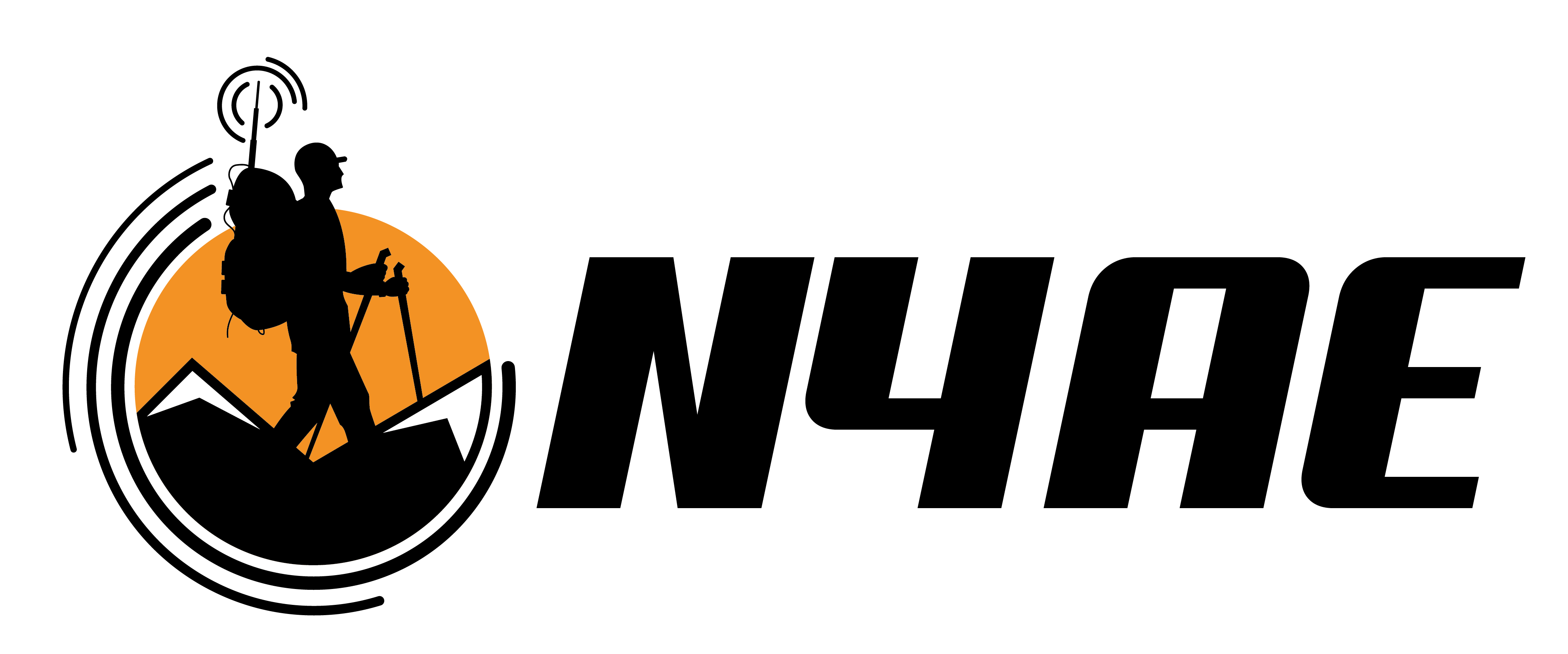Gen. Leslie Grove’s Quadratic Code
My son finished reading a book where the author introduces readers to simple substitution ciphers, such as the Caesar Cipher, as well as simple additive codes. Heavy stuff for a ten year old, but cool nonetheless.
He’s reading historical fiction set during World War Ii now, so we’ve talked about the Enigma Machine and other crypto systems. In researching some other codes used during the War, I came across a code developed by General Leslie Groves, the officer in charge of the Manhattan Project.
The Manhattan Engineering District, the CODEWORD for the effort to make the atomic bomb, required Signal Corp crypto systems to protect telegraphic messages. But telephone communications became quite frequency as the project grew, and Groves created what he called a quadratic code to protect messages (let’s forget the infiltration by Soviet agents for the time being).
From Codes and Ciphers by Fred B. Wrixon…
The quadratic code was a 10 x 10 checkerboard, a typewritten square about 3.5 x 4 inches in size. It could be carried in a wallet, and it’s loss was to be reported immediately. Such a code was used by Groves and Lt. Col. Peer da Silva, who was chief of security at New Mexico.
1 2 3 4 5 6 7 8 9 0 1 I/8 P I O U O P N 2 W E U T E K/6 L O 3 E U G N B/4 R N S T 4 T A Z/2 M D I O E 5 S/9 V T J E Y H 6 N/7 A O L N S U G O E 7 C B A F R S/5 I R 8 I C W Y/3 R U A M Num 9 M V R H/0 P D I X Q 0 L S R/1 E T D E A H E With this checkerboard, the general’s last name could be encrypted as 33 76 48 92 22 39, among other possibilities. This was done by locating each letter in the name and recording the number at the left of the letter’s row and then at the top of its column. Decryption was accomplished using a copy of the same checkerboard.
In its time, the quadratic code had enough alphabet letters and numbers to counteract frequency analysis of typical English letters by potential enemy spies.
By all accounts, the Groves method was never compromised. However, the same cannot be said for the atomic research program as a whole.
















